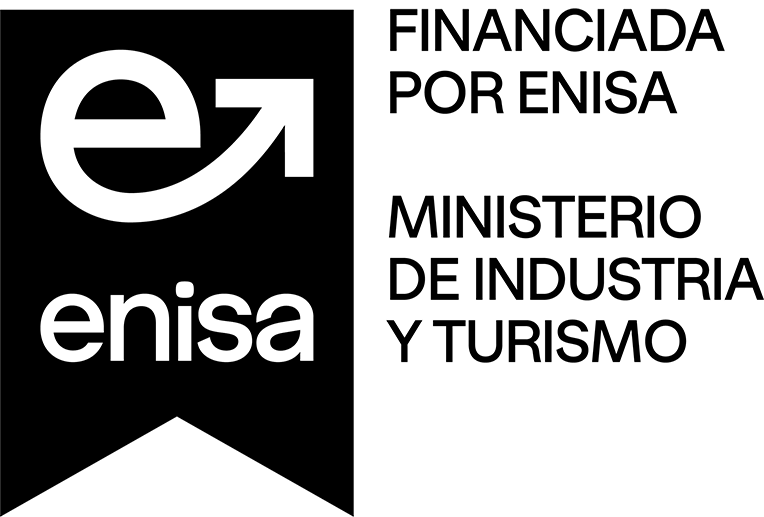When Efficiency Isn’t Enough: Environmental Challenges and Management in the Age of AI

OpenAI released ChatGPT in November 2022. In August 2025, less than three years later, the chatbot already surpassed 700 million weekly users. The acceleration of artificial intelligence (AI) is redefining the rules of many industries. However, along with the promise of efficiency and transformation, an inescapable challenge emerges: the environmental impact derived from its development and use. Although the impact of each query is small and falling fast, the mass adoption of assistants, agents and AI-generated video can increase demand for resources faster than it improves efficiency.
AI doesn't live on energy alone
The debate over the AI footprint is gaining weight as generative models demand more energy. According to the International Energy Agency (IEA), the data centers that support it already consume 1.5% of the world's electricity and could reach 3% of the electricity sector's emissions by 2030.
But it's not enough to talk about energy. The evaluation must consider the associated carbon footprint and the direct and indirect water footprint of each prompt, grounded in the local context of each data center.
The difficulty of measuring these impacts—due to the lack of public data and the speed of progress—is compounded by regulatory pressure and the growing demand for transparency. This forces companies to review their Net Zero commitments and design more credible climate transition strategies.
Efficiency and impact measurement: absolute vs. relative
One of the key debates is the difference between relative and absolute metrics.
The relative metrics—impact per unit of consumption—make it possible to demonstrate efficiency improvements. In telecommunications, for example, the deployment of 5G is up to 90% more efficient per unit of traffic than 4G, decoupling increased data from energy consumption.
In AI, Google announced in the last year 33x and 44x reductions in energy consumption and carbon footprint per Gemini prompt, while increasing the quality of responses. As for ChatGPT, the first estimates in 2023 placed consumption at 3 Wh per request, compared to the 0.34 Wh recognized by Sam Altman in June of this year: a tenfold improvement.
Even so, relative efficiency can be overshadowed if absolute growth is not contained.
In the midst of the industrial revolution, William Jevons warned that increasing efficiency in steam engines would not reduce coal consumption, but would increase it. Something similar happened in mobile telephony: at the end of 2024, there were more devices than inhabitants on the planet. Satya Nadella, CEO of Microsoft, cited this paradox earlier this year to explain the unstoppable expansion of AI.
Hence the importance of combining absolute and relative metrics, with clear and verifiable governance on energy consumption, emissions and water use.
Advancing Management and Transparency
The technology sector is adopting increasingly sophisticated strategies to mitigate its impact: long-term renewable energy contracts, data centers in regions with access to clean energy, and Net Zero and Water Positive commitments.
However, these efforts coexist with a complex reality: the rapid growth of AI increases consumption and, consequently, absolute emissions. Google, for example, maintains its goal of zero net emissions in 2030, but recognizes that its footprint has increased by 50% since 2019 due to pressure from its data centers. In the area of water, recent research by the NGO SourceMaterial warns of the expansion of Amazon, Google and Microsoft centers in areas with water stress.
Faced with criticism for the lack of transparency, Google published in August a comprehensive methodology for measuring the impact of Gemini on energy, carbon and water. Although with limitations, what is relevant is the effort to establish a more comprehensive measurement framework, including CPUs, RAM, cooling and support infrastructures. These types of initiatives are a step towards what should be a sectoral standard: verifiable metrics that measure efficiency gains together with absolute demand growth, also reflecting the geographical reality of the impact.
From my experience in sectors that are highly exposed to environmental impacts—such as tourism, transport or agro-food—having auditable measurements aligned with reference standards such as SBTi or the CSRD is essential to define management levers, strengthen governance and prepare for a more demanding future
The path to sustainable technology integration
The environmental impact of technological deployment also increases exposure to physical and transition climate risks. Companies that integrate advanced risk management — anticipating impacts, diversifying their energy matrix, setting absolute objectives and monitoring their footprint in real time — will be in a better position to attract funding and strengthen their legitimacy with investors, customers and society.
The sustainability of AI and the technology sector requires a balanced vision: combining innovation and efficiency with a clear commitment to decarbonization. The future involves solid metrics, risk anticipation and total transparency in impact reporting.
Turning sustainability into a competitive advantage requires combining technological innovation with rigor in measuring environmental impact. In a paradigm shift such as the current one, acting with a vision of the future and relying on specialized knowledge is essential to promote the transformation that the environment requires.











